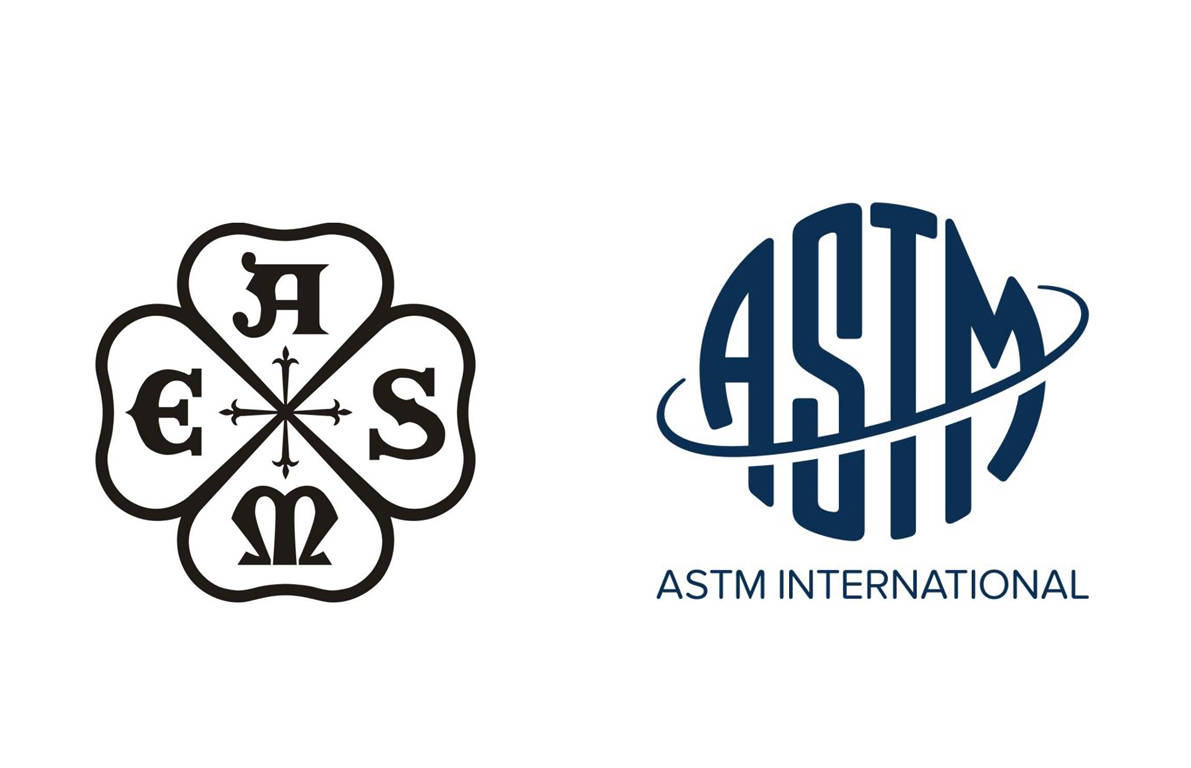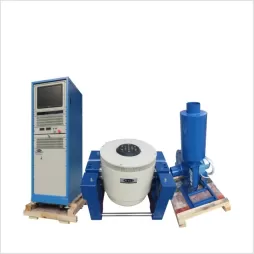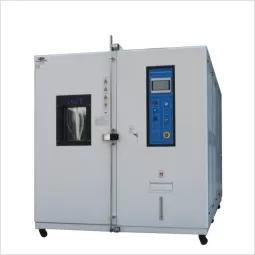What is the Difference Between ASTM D4169 and ASTM D7386
When it comes to evaluating packaging performance, ASTM D4169 and ASTM D7386 are two crucial standards, each serving distinct purposes.

ASTM D4169 is primarily designed to assess the performance of transportation units, particularly focusing on how they withstand various hazards encountered during distribution. Widely adopted in the medical device industry, this standard is FDA-recognized and is essential for ensuring that packaging, especially for sensitive medical devices, can endure the rigors of shipping and handling. The most commonly used distribution cycle (DC-13) under ASTM D4169 simulates the conditions faced by small parcels during overnight shipping, providing a rigorous test to ensure the integrity and protection of the products throughout their distribution journey.
ASTM D7386, on the other hand, is tailored for testing single packages during transport. Unlike ASTM D4169, which evaluates the entire transportation unit, ASTM D7386 is more focused on the performance of individual packages, regardless of their content. This standard is versatile and applicable to a wide range of packaging types, making sure that single parcels maintain their integrity and protect their contents during transit.
In summary, while both standards aim to safeguard products during transportation, ASTM D4169 is more focused on the overall distribution environment for transport units, especially in the medical field, whereas ASTM D7386 zeroes in on the durability and protection provided by single-package designs. Understanding these distinctions is crucial for selecting the appropriate testing standard based on the specific needs of your packaging and the nature of the products being shipped.
By applying these standards, manufacturers can ensure that their packaging is robust, reliable, and capable of withstanding the challenges of modern distribution, ultimately protecting the products and, in the case of medical devices, potentially saving lives.












